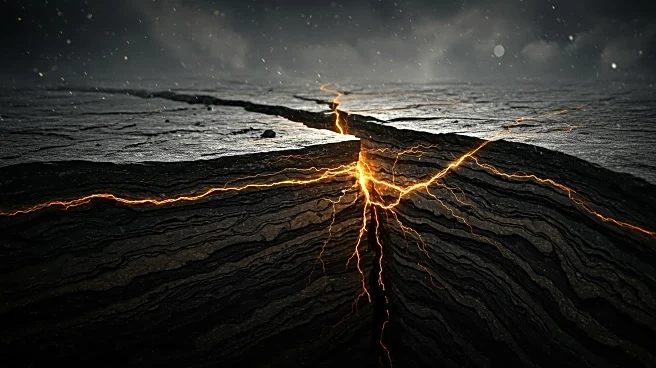Rapid Read • 7 min read
Researchers from the University of Victoria have discovered that the Tintina fault, a 620-mile-long geological feature in Canada, may still be active and capable of producing a significant earthquake. This conclusion comes from new satellite and lidar mapping data, which challenge previous beliefs that the fault had been dormant for at least 40 million years. The Tintina fault stretches northwest across the Yukon Territory, and the recent high-resolution topographic mapping conducted using satellites, airplanes, and drones has provided fresh insights into its current state.
AD
The discovery of an active fault capable of generating a magnitude 7.5 earthquake has significant implications for the region's safety and infrastructure planning. Such an earthquake could have devastating effects on communities, ecosystems, and economic activities in the affected areas. Understanding the fault's activity is crucial for developing effective disaster preparedness strategies and mitigating potential risks. This research highlights the importance of continuous geological monitoring and the use of advanced technologies to reassess long-held assumptions about seismic activity.
Further research and monitoring are likely to be conducted to better understand the Tintina fault's behavior and potential impact. Authorities may need to consider revising building codes and emergency response plans to account for the newly identified risk. Collaboration between geologists, government agencies, and local communities will be essential to ensure that appropriate measures are in place to protect lives and property in the event of an earthquake.
The use of satellite and lidar mapping represents a significant advancement in geological research, allowing scientists to uncover hidden features and reassess geological risks. This technology could be applied to other regions to identify potential seismic threats and improve global earthquake preparedness.
AD
More Stories You Might Enjoy











